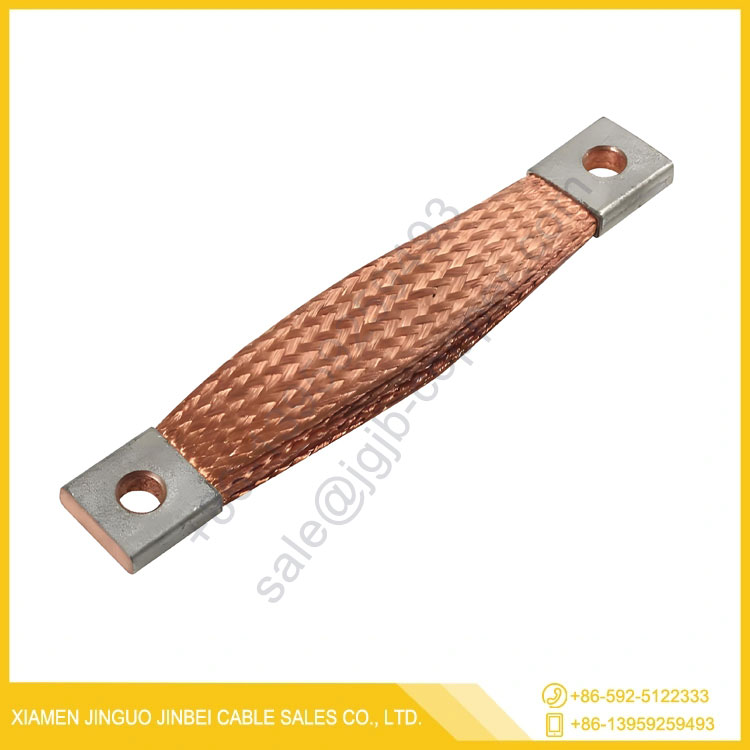Braided Copper: Applications and Benefits in Electrical Engineering
2025-02-14
Braided copper is a versatile and essential component in electrical engineering, known for its superior conductivity, flexibility, and durability. This article explores the applications and benefits of braided copper in various industries and why it is preferred over other materials.
What is Braided Copper?
Braided copper consists of multiple strands of fine copper wires woven together in a flexible, mesh-like structure. This design enhances its electrical conductivity while providing greater mechanical flexibility compared to solid copper conductors.

Applications of Braided Copper
1. Electrical Grounding
Braided copper is widely used for grounding electrical systems due to its excellent conductivity and ability to dissipate electrical surges efficiently. It is commonly found in:
- Power distribution networks
- Industrial and commercial electrical installations
- Lightning protection systems
2. Shielding in Cables
Electromagnetic interference (EMI) can disrupt sensitive electronic circuits. Braided copper shields are used in:
- Coaxial cables
- Data and communication cables
- Audio and video transmission lines
These shields prevent signal degradation by blocking external electromagnetic fields.
3. Flexible Connectors and Busbars
Braided copper connectors provide flexibility and vibration resistance, making them ideal for:
- Electrical switchgear
- Battery connections
- Motor and transformer terminals
- Automotive and aerospace electrical systems
4. Current-Carrying Components
Due to its ability to handle high current loads efficiently, braided copper is used in:
- Welding cables
- Power distribution panels
- Electrical contacts in machinery
Benefits of Braided Copper
1. High Conductivity
Copper is one of the most conductive metals, ensuring minimal power loss and efficient energy transfer.
2. Flexibility and Durability
The braided structure allows movement and expansion, making it suitable for applications that require flexibility and resistance to mechanical stress.
3. Corrosion Resistance
Tinned braided copper offers additional resistance to oxidation and corrosion, extending its lifespan in harsh environments.
4. Efficient Heat Dissipation
Braided copper dissipates heat effectively, reducing the risk of overheating in electrical systems.
5. Customizable for Various Applications
Available in different widths, thicknesses, and finishes, braided copper can be tailored to meet specific industrial requirements.
Conclusion
Braided copper is a crucial component in electrical engineering, offering superior conductivity, flexibility, and durability. Its applications in grounding, shielding, and power distribution make it an essential material in modern electrical and electronic systems. By choosing the right braided copper product, industries can enhance efficiency, reliability, and safety in their electrical networks.


